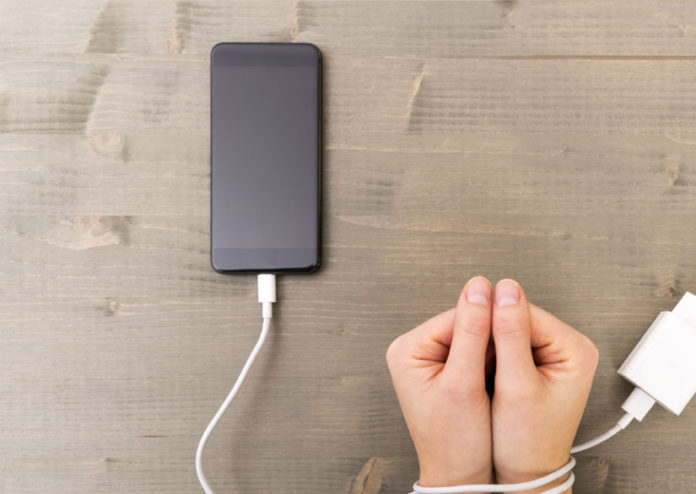By Professor Andrew Sharman
Digital distractions are sweeping through our lives like wildfire.
In 2016, Nielsen reported that we spend 127 minutes per day on our smartphones, 63 minutes on tablets, 126 minutes on the laptop and 117 minutes watching TV.
Our smartphones are now the biggest source of disruption to daily life – even when we’re not looking at them. Push notifications, texts and emails just keep on coming.
Myriad reports tell us that one in three adults now regularly check their phones during the night, 79% of smartphone owners check their device within 15 minutes of waking and 30% check it while on the loo. Forensic cyberpsychologist Dr Mary Aitken reckons we now check our phones 200 times a day – that’s every seven minutes!
However, this tech addiction is creating havoc with our minds, bodies and souls – zapping our attention, smashing our productivity and playing havoc with our sleep as a result of all the blue light our screens produce.
What’s so good about the iOS 12 update?
It allows users to take control of the time they spend interacting with their iOS devices, by bringing12 enhancements to Do Not Disturb, making this powerful time management tool even better by avoiding distractions. There is also a new Do Not Disturb during Bedtime mode, helping you get a better night’s sleep by dimming the screen and hiding notifications until prompted in the morning.
Most importantly, the update empowers customers with insight into how they are spending time on their devices. Screen Time creates daily and weekly reports showing users the total time spent in each app, how many notifications they receive, and how often they pick up their device.
By understanding how they’re interacting with their iOS devices, people can take control of how much time they spend in a particular app, website or category of apps. The App Limits feature allows people to set a specific amount of time to be in an app, and a notification will display when a time limit is about to expire.
Therefore, if you are looking to digitally detox your life and improve your wellbeing with less time in front of a blue screen, here are some ideas to get you started:
- Self-impose a ban on device use for the first hour on waking and the last hour of the day.
- Stash you smartphone in your bag or case at the start of meeting.
- Set your device to “flight mode” when you need to focus on a task or project.
- Create an email filter that moves mail with certain keywords to a separate folder: make the keywords “unsubscribe,” “manage your account” and “privacy policy” and you’ll see a vast reduction in your junk mails.
- Set regular times when you check your mail – maybe two or three times a day at dedicated times.
And, if you’re feeling radical, try the following:
- Unfollow everyone on Twitter for one week. Refollow only those you actively miss.
- Change your smartphone for a simple handheld device that only handles texts and calls.
Professor Andrew Sharman teaches leadership and culture at executive business schools around the world, including CalTech. Working in more than 120 countries and author of “The Wellbeing Book,” out this January, he enjoys maintaining his own wellbeing with a little digital detox too.





















